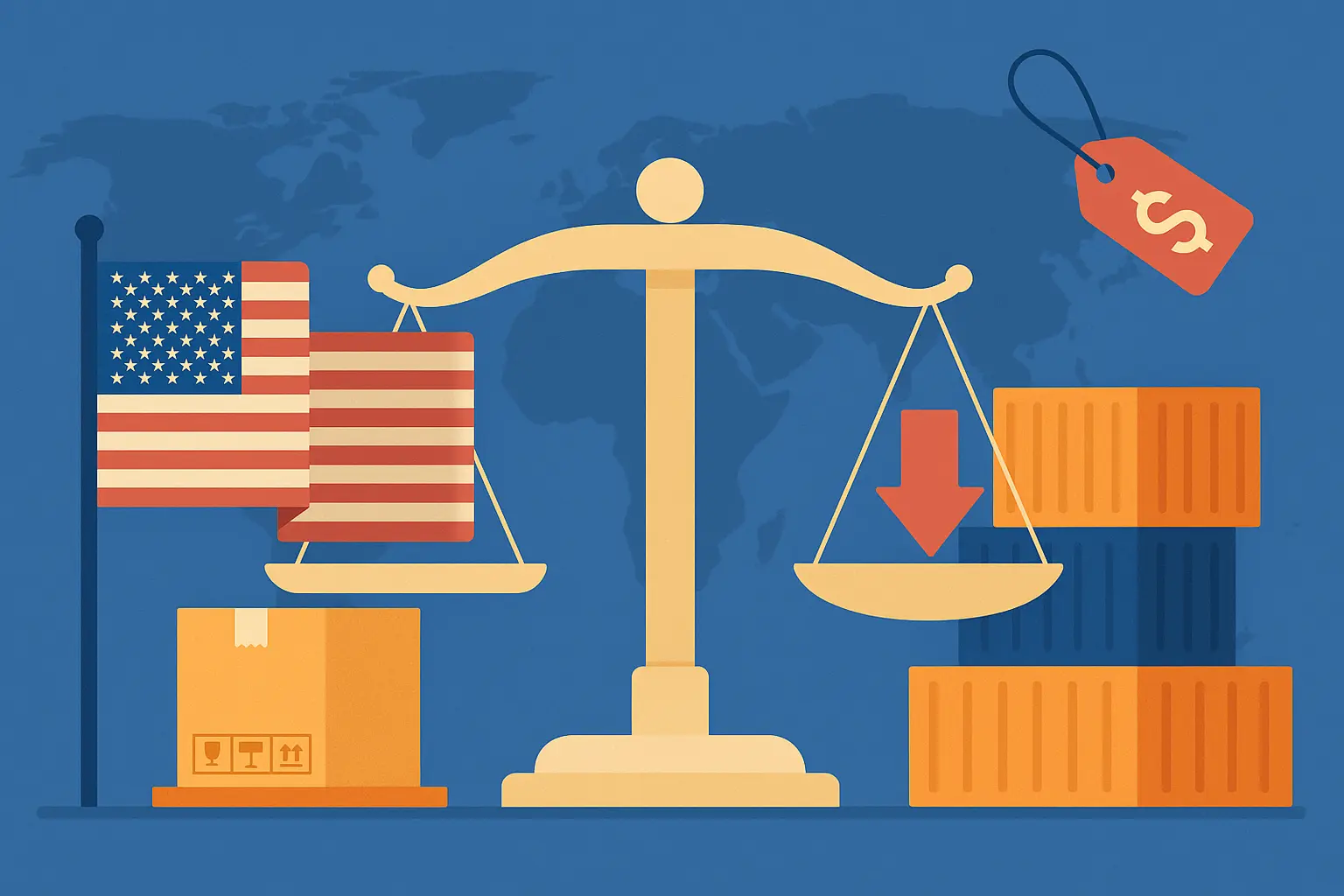Understanding the Complexity of U.S. Trade Policy in 2025
The landscape of U.S. trade policy in 2025 is undergoing a seismic transformation. With the government pushing for more domestic manufacturing, stricter tariff enforcement, and strategic negotiations with global powers, policymakers find themselves walking a tightrope.
Reshoring pharmaceuticals and semiconductors, cracking down on transshipped goods, and addressing the trade deficit form the cornerstone of this economic mission. However, each of these efforts presents a web of regulatory, logistical, and diplomatic challenges that can’t be solved with tariffs alone.
Let’s unpack the major dimensions shaping America’s new trade strategy.
Reshoring Pharmaceuticals: Is It Feasible or Fantasy?
The U.S. has long depended on foreign sources for pharmaceuticals—particularly active pharmaceutical ingredients (APIs) and finished drugs from Europe and India. With national security and supply chain resilience in focus, policymakers are advocating for reshoring drug production.
Why It’s So Complicated
Moving drug manufacturing back home isn’t as simple as relocating a factory. It involves:
- Navigating FDA regulatory hurdles
- Rebuilding manufacturing capacity
- Managing massive cost increases
The reality is: the pharmaceutical supply chain is deeply globalized. A finished pill made in the U.S. might still rely on ingredients produced in multiple countries. Therefore, policy must define which parts of the chain to target—raw materials, intermediate compounds, or final assembly.
The Semiconductor Puzzle: Delays, Dollars, and Domestic Dreams
The push to make America a leader in chip manufacturing has gained momentum. The administration hopes to make domestic chip production the backbone of future tech sovereignty.
Reality Check
Chip foundries—or fabs—take years and billions of dollars to build. The technical expertise, workforce availability, and raw material access needed to establish a thriving chip industry are significant barriers.
While the political pressure to “bring jobs back” is loud, the economic timeline and feasibility are out of sync with short-term political gains.
Looking to Hire Fast?
Hiring managers can now post jobs for free on WhatJobs
and connect with millions of jobseekers.
👉 Post a Job Now →
Tariffs on Transshipped Goods: Closing the Loopholes
Tariffs on Chinese goods are being undermined by transshipment—the practice of rerouting goods through third countries like Vietnam or Mexico to avoid duties.
Enforcement Is Easier Said Than Done
To crack down on this, customs must define what constitutes “substantial transformation”:
- Is repainting or packaging enough to classify it as a different origin?
- Should tariff enforcement consider only goods with full reassembly?
This gray area creates legal loopholes and enforcement nightmares. And as rules evolve, businesses adapt—often faster than regulations can.
Is the Shrinking Trade Deficit Actually Good News?
In June 2024, the U.S. trade deficit dropped by 16%, triggering optimistic headlines. But experts urge caution.
What’s Behind the Numbers?
This decline could be due to:
- Preordering goods ahead of new tariffs
- Temporary supply chain shifts
- Consumer demand fluctuations
Lower deficits are politically favorable, but they don’t always reflect long-term health. They must be weighed against employment, investment, and inflation.
Not All Trade Deficits Are Created Equal
A blanket approach to cutting deficits fails to acknowledge that some trade imbalances are strategic.
- Energy imports from Canada are mutually beneficial and low-cost.
- Deficits with Switzerland or Germany involve high-value goods where U.S. alternatives may not exist.
What Policymakers Should Consider
Instead of universal deficit reduction, trade strategies should:
- Prioritize bilateral relationships
- Assess sectoral dependencies
- Avoid disrupting beneficial import flows
Sanctions, Diplomacy & the Ripple Effect
With looming secondary sanctions on Russia, the administration finds itself in a delicate dance—tightening pressure on one adversary without alienating others.
China in the Crosshairs
China’s strategic role in rare earth supplies, technology, and consumer goods makes it a high-stakes partner. The U.S. must be careful that actions against Russia don’t derail trade negotiations with China.
This highlights how foreign policy and trade policy are no longer separate silos.
Strategic Diplomacy vs. Economic Blunt Force
Trade policy is no longer just about spreadsheets—it’s political, strategic, and diplomatic.
What That Means for 2025
The administration must balance:
- Enforcement with flexibility
- Domestic manufacturing goals with global supply chains
- Political optics with economic data
And it must do so while preparing for a more volatile geopolitical environment.
Conclusion: Policy Needs Precision, Not Just Power
The U.S. trade policy in 2025 illustrates that tariffs, while a powerful tool, are not a cure-all. From complex pharma supply chains to multi-billion-dollar semiconductor investments, the nation’s goals require careful definition, expert implementation, and adaptive diplomacy.
Trade strategy must evolve beyond reactionary tariffs and towards intentional, sector-specific policies that foster resilience without compromising global competitiveness.
FAQ: U.S. Trade Policy 2025
What is U.S. trade policy 2025 focusing on?
U.S. trade policy 2025 focuses on reshoring manufacturing, enforcing tariff laws, and negotiating trade deals that balance economic and strategic interests.
How do tariffs affect U.S. trade policy 2025?
Tariffs in U.S. trade policy 2025 are used to reduce trade deficits and support domestic industries, but their success depends on effective enforcement and avoiding retaliation.
Why is reshoring a challenge in U.S. trade policy 2025?
Reshoring in U.S. trade policy 2025 faces hurdles like regulatory red tape, cost inefficiency, and global supply chain reliance—especially in pharmaceuticals and semiconductors.




